mmg3d (version 5)
Discrete domain remeshingmmg3d is a tetrahedral mesh modification tool developped by Cécile Dobrzynski and Pascal Frey, taking as an input a tetrahedral mesh {\mathcal T} , and modifying it into a well-shaped triangulation, with respect to an input metric tensor field when such is supplied. Till version 4, mmg3d has been working in both isotropic and anisotropic contexts, but did not allow to remesh the surface part of {\mathcal T} . This new version does not yet allow for anistropic remeshing, but allows to remesh at the same time the volumic part of {\mathcal T} and its surfacic part (or any surface discretized in {\mathcal T} ).
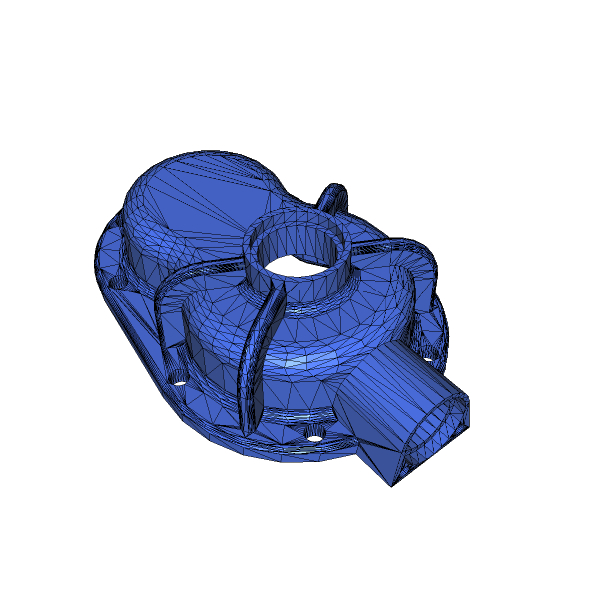 |
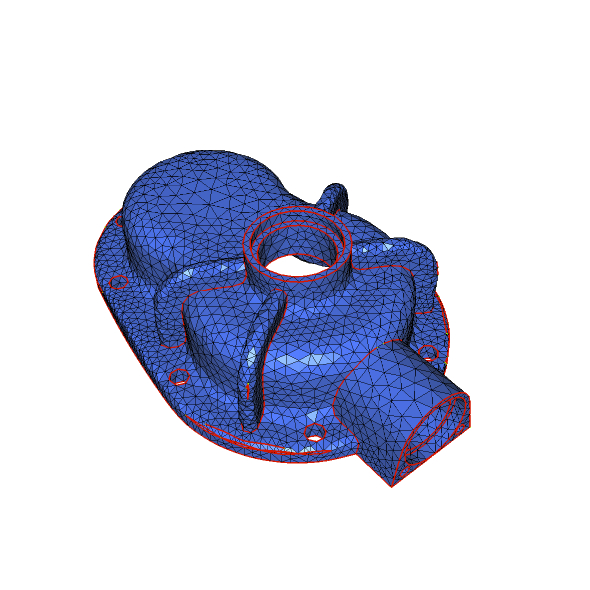 |
 |
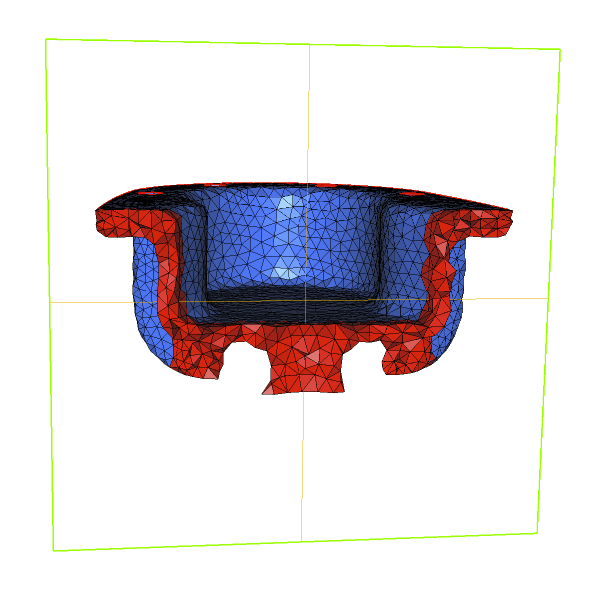 |
| Remeshing of a ill-shaped mesh of a mechanical part (left : initial mesh and cut ; right : final result and corresponding cut) |
|
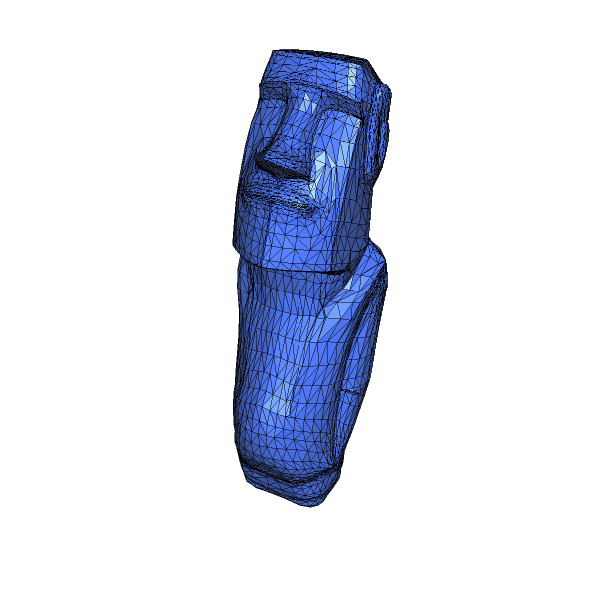 |
 |
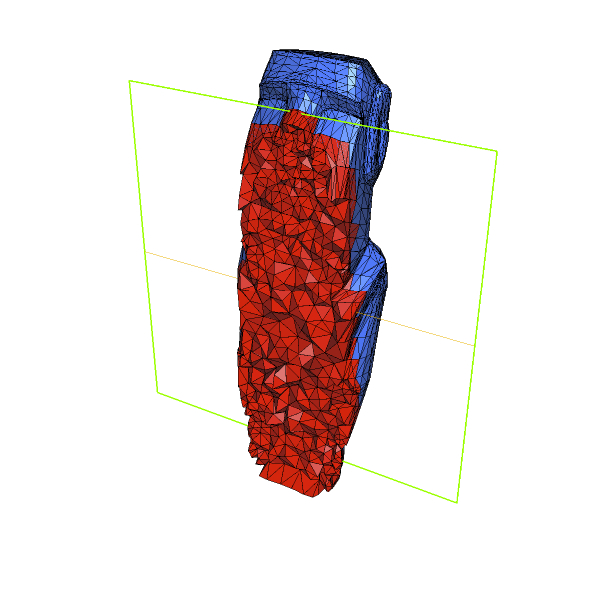 |
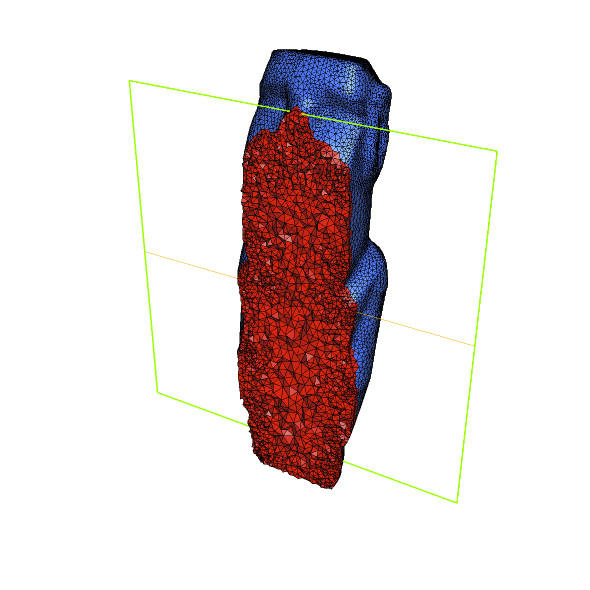 |
| Remeshing of a ill-shaped mesh of a statue (left : initial mesh and cut ; right : final result and corresponding cut) |
|
mmgs
Discrete surface remeshingmmgs is a tool for remeshing an arbitrary surface triangulation into a well-shaped, well-sampled surface mesh, closely approximating a guessed underlying continuous surface to the intial datum. This code uses ony local mesh operators (splits, collapses, swaps,...), and works for now in the context of isotropic surface remeshing. An extension to anisotropic surface remeshing is ongoing.
 |
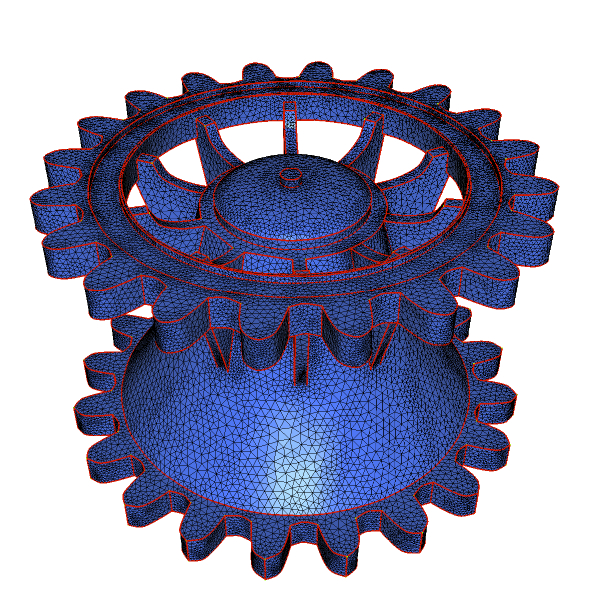 |
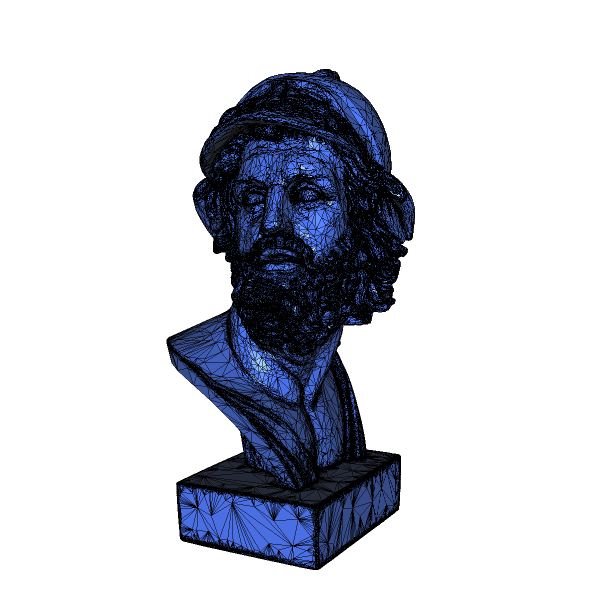 |
 |
| Remeshing of ill-shaped meshes (left : initial triangulations ; right : final result) |
|